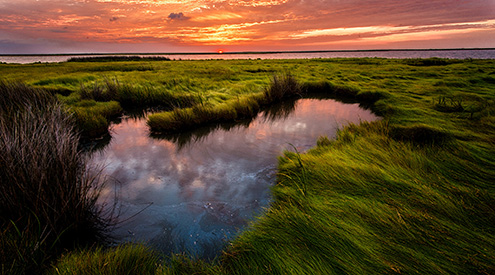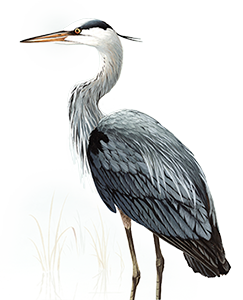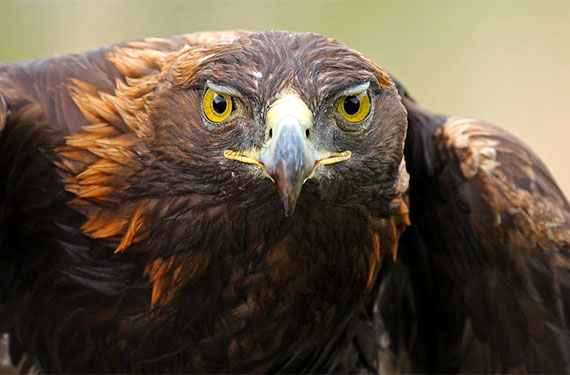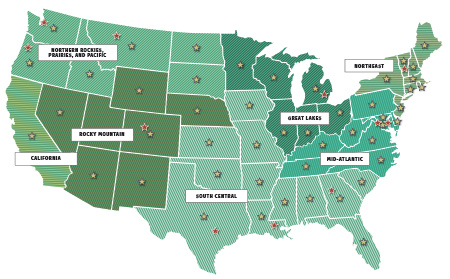The Chesapeake Bay is the largest estuary in the United States. Encompassing six states and the District of Columbia, and covering more than 64,000 square miles, it is one of the most productive estuaries in the world. Unfortunately, the Chesapeake Bay faces serious problems due to human activities, including polluted stormwater runoff, over-fertilization and pollution from animal wastes, deforestation, wetland destruction from agricultural, urban, and suburban development, and sea level rise caused by global climate change.
 In 2009 the National Wildlife Federation helped launch the Choose Clean Water Coalition to advocate for restoring the thousands of streams and rivers flowing to the Chesapeake Bay. The coalition brings together more than 200 organizations from Pennsylvania, New York, Maryland, Delaware, Virginia, West Virginia, and the District of Columbia to advocate for clean water.
In 2009 the National Wildlife Federation helped launch the Choose Clean Water Coalition to advocate for restoring the thousands of streams and rivers flowing to the Chesapeake Bay. The coalition brings together more than 200 organizations from Pennsylvania, New York, Maryland, Delaware, Virginia, West Virginia, and the District of Columbia to advocate for clean water.
The National Wildlife Federation is committed to several actions for protecting the bay.
Supporting Chesapeake Pollution Limits and the Chesapeake Bay Agreement
The National Wildlife Federation advocates for clean water policies at the state and federal level to protect the Chesapeake Bay. As the 2017 and 2025 pollution deadlines approach, the National Wildlife Federation is working with partners to support the implementation of state clean water blueprints and Chesapeake Bay pollution limits. A new Bay agreement, signed in 2014, creates goals and strategies which envision clean water and abundant wildlife in a restored Chesapeake Bay.
Stopping Polluted Runoff in Cities and Towns
Stormwater runoff is a growing source of nutrient and sediment pollution in the Chesapeake Bay watershed. Through the National Wildlife Federation’s Community Wildlife Habitat™ program we are creating a ring of sustainable communities around the Chesapeake Bay and planting gardens in cities like Baltimore where greening projects are increasing quality of life for residents, reducing water pollution and increasing pollinators.
Ensuring a More Resilient Chesapeake Bay
The impacts of climate change on the Chesapeake Bay are becoming more pronounced every day—warming water, flooding, and sea level rise. Using the National Wildlife Federation’s extensive background in climate-smart conservation, the Mid-Atlantic Regional center is developing restoration projects to put principles into practice and identify the best ways to protect wildlife and human communities.









